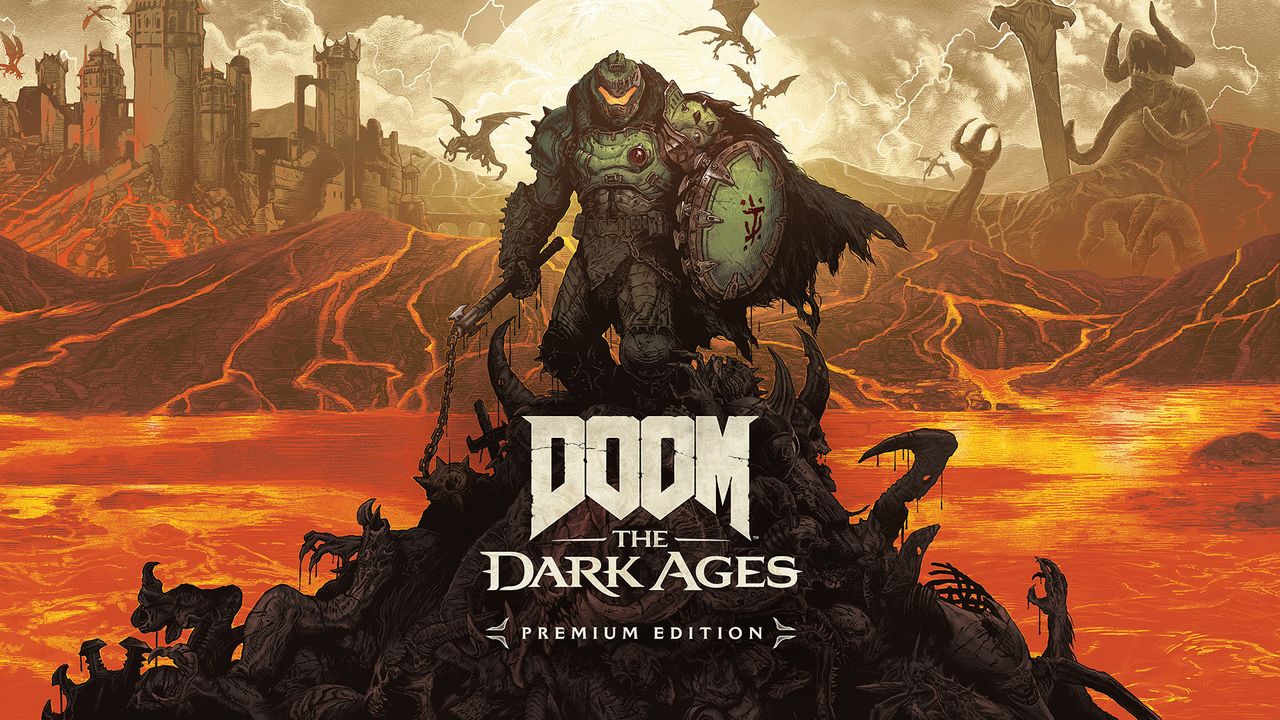This has become the new rhetorical strategy of publishers AAA: we no longer discuss sales but instead refer to “players.” When Bethesda proudly proclaims that DOOM: The Dark Ages has been played by three million people, seasoned observers raise an eyebrow. Because “to play” does not equate to “to buy,” and in an industry where inflated figures sometimes serve as misleading information, it is worth questioning how many have actually spent the requested €70 to immerse themselves in this new infernal crusade.
According to Alinea Analytics, out of these three million “players”, only 800,000 have actually purchased the game. Less than a million copies sold for DOOM is noteworthy given the franchise’s historical significance in the FPS genre. In detail: 400,000 sales on Steam, 200,000 on PlayStation 5, and 200,000 on Xbox. The rest can be attributed to Game Pass, with 2.2 million players accessing it through Microsoft’s subscription service. However, when considering financial return on investment for a high-budget AAA title, these subscription figures do not directly reflect revenue generated from sales.
Ampere, another analysis firm, proposes a slightly different breakdown but arrives at the same conclusion: 500,000 players on PS5, over 2 million on Xbox, combining sales and Game Pass subscriptions. The issue remains the same: many play, few buy. Amidst the grandiose figures and publicity stunts, a reality emerges: the economic model of AAA games is unstable. Game Pass provides convenience for playing without significant expense, but for studios, it poses a risk, particularly when most players use the subscription to try before purchasing. By focusing on quantity over quality, isn’t there a risk of transforming legendary franchises into merely promotional products?
Have any thoughts?
Share your reaction or leave a quick response — we’d love to hear what you think!
